*Caution: This article should only be read by those who understand hunting and wildlife damage. We cannot respond to comments from a so-called animal welfare perspective.
Venison is a lean, lean meat with about one-third the calories and one-fifteenth the fat of pork and beef. Many people say that wild boar meat is more delicious, but recently venison is also gaining interest as a healthy ingredient.
If it is a prey that you have caught, you want to use it as effectively as possible. In this article, I will explain how to dismantle and handle deer.
Introduction
First of all, in order to consume wild animals, including deer, for food, it is important to work on hygienic and safe meat processing, regardless of whether it is for self-consumption or meat sales.
This is because compared to livestock such as cows and pigs, there are higher hygiene risks such as the occurrence of animal-derived infectious diseases and food poisoning. In the case of deer, zoonotic infectious diseases include hepatitis E, Lyme disease, Japanese spotted fever, and Q fever (coxiella).
You also need to know that you need a license for slaughterhouses and slaughterhouses to butcher and sell wild animals.
Be careful before dismantling
Individuals with large trauma, unsteady gait, hair loss, thinness, and weakness should be avoided for meat use. As much as possible, it is a good idea to carefully check the condition of the prey while it is still alive.
Suspicious items should be discarded. In addition, if suppuration, blisters, putrefaction, sores, etc. are observed on the appearance or under the skin, or if there are too many external parasites such as mites, avoid edible.
Considering the risk of infection, even if the digestive system is damaged by a bullet, etc., and the contents of the digestive system adhere to the edible part, it is better not to eat it. When aiming at prey with firearms or knives, be careful not to damage the abdomen.
In addition, if the prevalence of domestic animal infectious diseases is confirmed in wild birds and beasts in the hunting area, it is required to refrain from using individuals hunted in the area for food.
Reference article: [Alert] For more information on the outbreak of swine fever, please refer to the Guidelines for Sanitary Management of Wild Meat .
dismantling process
The work process for dismantling is as follows. *The order of the process may change or some parts may be omitted.
1. Bleeding: Bleeding (extracting blood) as soon as possible at the time of stopping stabbing.
2. Washing: Wash off the mud and other substances on the deer fur.
3. Extectomy: Remove the internal organs and flush out the blood that has accumulated in the abdominal cavity.
4. Cooling: Cool to remove odor.
5. Peeling: to remove the skin.
6. Division: Divide into carcasses and dismantle each part.
1. Bleeding
Sufficient bleeding is a prerequisite for producing good quality meat. Insufficient bleeding will result in stinky and peculiar flesh. In the case of stabbing with a knife, the prey's legs and neck are roped and pulled to restrain the prey's movement. The point to bleed is the carotid artery in the upper part of the heart.
Poke a stabbing knife through the center of the collarbone. A stabbing knife with a blade length of at least 20 cm is recommended ( see the stabbing knife sales page here ).
The point is to do it as quickly as possible without damaging tissues other than blood vessels, and to make the insertion opening of the blade for bleeding as small as possible and to the minimum necessary. When bleeding, hang from the legs or tilt the head side down so that the blood flows down.
2. Cleaning
Wash off the mud, blood, mites, etc. that adhere to the body surface of the deer with water. When working in a dismantling facility, it is a good idea to wash off the body surface as much as possible outside the facility before bringing the prey into the dismantling facility.
Also, to prevent contamination by prey blood, mites, etc., please clean the loading platform of the vehicle used for transportation before and after use. Also, when cleaning, wear long gloves, etc., and be careful not to attach ticks, etc. to the demolition workers.
References: It's really scary. Tick infection "severe fever with thrombocytopenia syndrome (SFTS)"
In addition, in order to prevent blood from staining the car body, it is convenient to have a container (commonly known as a fune, a toro boat, or a toro box) used to mix wall materials and concrete when transporting prey.
3. evisceration and 4. cooling
First, cut the skin from the middle of the abdomen to the base of the crotch. The important thing is not to break the peritoneum. For that reason, it is better to choose a knife with a blunt edge or a gut knife.
Also, be careful not to damage the urethra. If you let the urethra hang outside the body for the time being, you can reduce the amount of urine that sticks to the meat even if it leaks.
After that, tear the belly skin from the crotch to the chest. Cut the skin up to the sternum, then cut a thin membrane from there to expose the internal organs.
Put your fingers ahead of the tip of the blade so as not to damage the internal organs, and spread the blade from the inside to the outside of the stomach. Open the sternum and take out the internal organs. The esophagus and rectum can be tied off to prevent the contents from leaking out.
Pull out the esophagus and airway from the throat and cut them, then hold them and drag them toward the anus. Cut with a knife where the diaphragm and ribs are attached.
After removing all the internal organs, check them for any abnormalities (white spots, bleeding, discoloration, etc. on the surface or cross section of internal organs, parasites, etc.). If there are obvious abnormalities, it is safer to dispose of it rather than use it for meat.
In addition, in order to obtain good quality meat, it is necessary to remove the internal organs as soon as possible after bleeding and washing, and then to lower the body temperature by exposing it to cold water. If the internal organs remain in the meat and the high temperature continues, the meat will deteriorate.
5. Peeling
For peeling, it is best to use a knife with a weak sharpness and a gently curved edge. In addition, it is more hygienic to use a knife that has been used for peeling before using it as it is for butchering.
In addition, if the blade is greasy, it will be difficult to peel off the skin, but the sharpness will be restored by soaking in hot water each time. First, make an incision around the leg. Then cut the skin from the base of the foot to the tip of the foot (in the direction of the notch you made earlier).
Insert the knife between the meat and the skin and peel off the skin. At this time, be careful that the skin does not peel off and the hair does not stick to the meat. For the head, cut the spinal column and remove the skin.6. Split
The ribs and front legs are attached, so cut the fascia to separate them. Also, make a cut in the spine and remove the back loin from the bone. Separate the hind legs by cutting the fascia around the hip joint and waist.dismantling of the forefoot
Scrape off the meat along the shoulder blade. You can get neck meat, shoulder meat, and arm meat.Dismantling of hind legs
The outer thigh, inner thigh, shintama, and fin-like parts can be removed. Since each part is only attached to each other by fascia, it can be easily peeled off using the edge of a knife.Dismantling the back loin
It has a lot of ribs, so it's easier to work if you take it in advance.summary
Dismantling a deer is easier than dismantling a wild boar, but it is still a tough job ( reference article: How to dismantle and handle a wild boar [*Reading caution] ). When it comes to meat, you have to be very careful about safety and hygiene, but the taste when you eat it is exceptional.
However, avoid eating raw or undercooked meat. Please be sure to sterilize by heating for 1 minute or more with the internal temperature at 75°C or by cooking accordingly.
Limited to our members only! Past videos of dismantling seminars can be viewed. The contents are very easy to understand, so please register and watch.
* You can access the member registration page from the image below.


 箱罠
箱罠
 くくり罠
くくり罠
 パーツ類
パーツ類
 電気柵
電気柵
 自作キット
自作キット
 防獣グッズ
防獣グッズ
 監視カメラ
監視カメラ


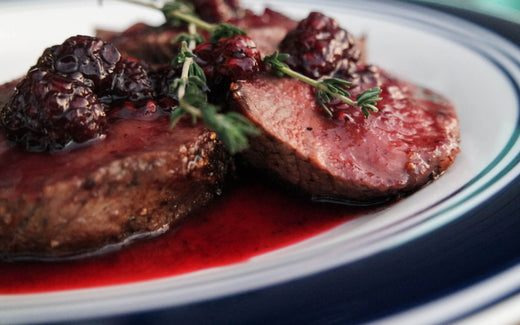
![How to dismantle and handle wild boars [*Reading caution]](http://inohoi.jp/cdn/shop/articles/boar-310348_1280_520x500_520x500_812c05c8-a399-4ed7-b181-18cee38095b0.png?v=1738825051&width=750)
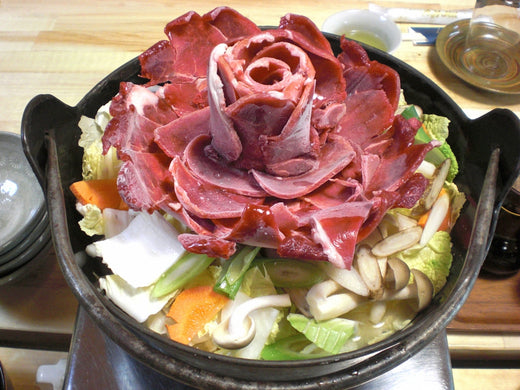
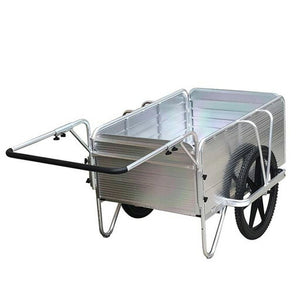

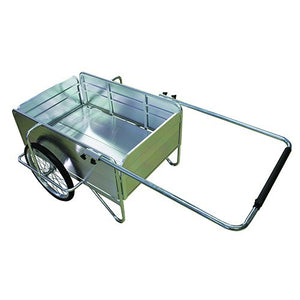


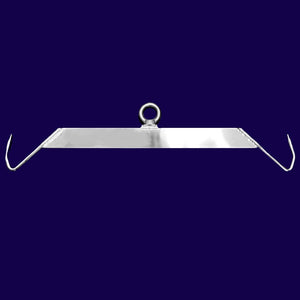
 box trap
box trap
 tying trap
tying trap
 enclosure trap
enclosure trap
 Prevention and avoidance goods
Prevention and avoidance goods
 electric fence
electric fence
 trap surveillance camera
trap surveillance camera
 transportation goods
transportation goods
 Trap detection sensor
Trap detection sensor
 hunting supplies
hunting supplies
 hunting books
hunting books
 Anti-bird goods
Anti-bird goods
 Agricultural materials/machinery
Agricultural materials/machinery
 boar
boar
 deer
deer
 Kyon
Kyon
 monkey
monkey
 raccoon
raccoon
 Badger
Badger
 palm civet
palm civet
 raccoon dog
raccoon dog
 nutria
nutria
 mouse or rat
mouse or rat
 Mole
Mole
 bear
bear
 pigeon
pigeon
 Crow
Crow







